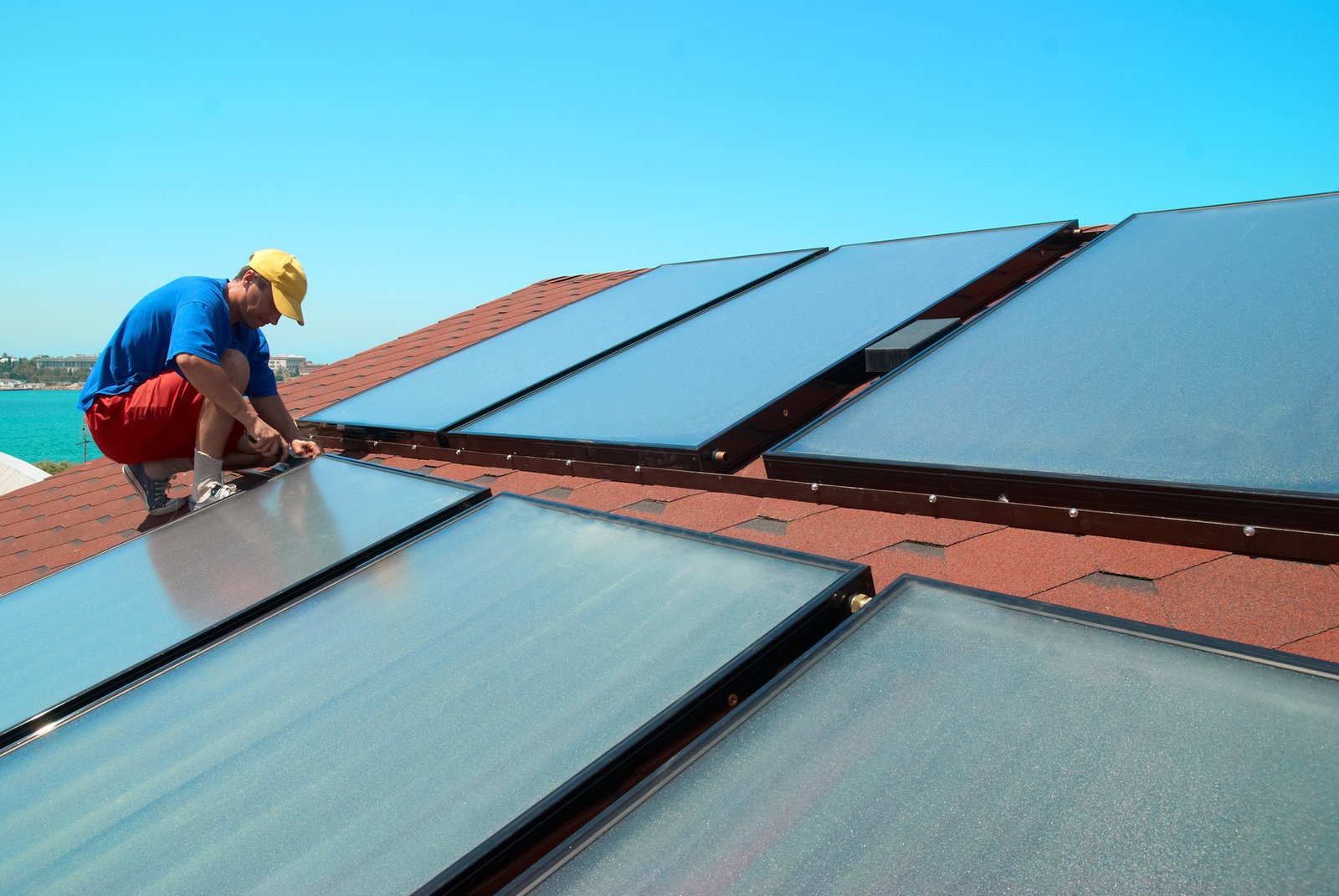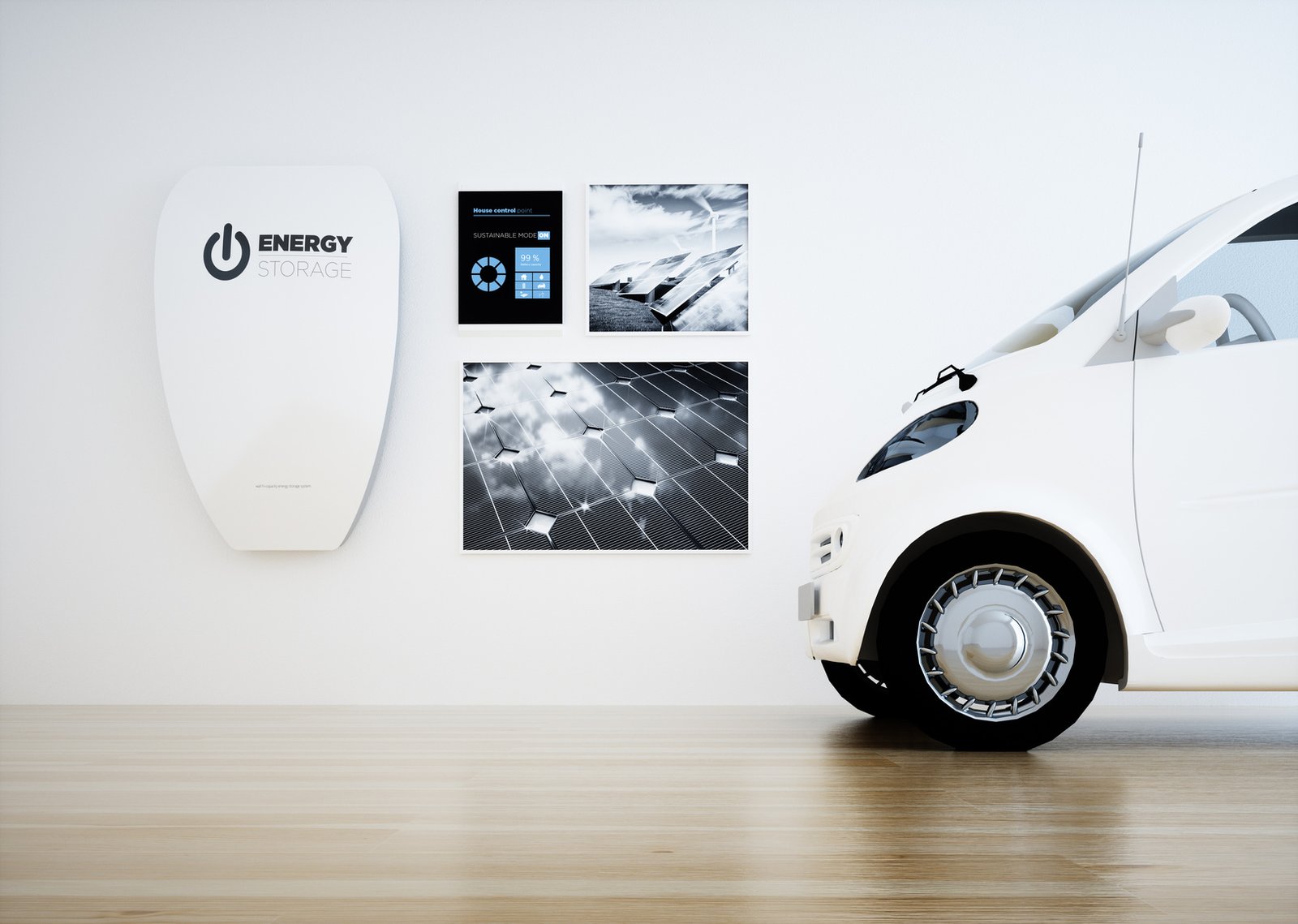How Solar Water Heating Works

Homes in the UK and in several other countries are provided with space heating via water circulation systems. This is normally done by using a gas-fired boiler to heat the water that then circulates within wall mounted or underfloor radiant systems; these will then radiate the heat into the space. Hot water is also necessary for several other uses within homes such as showering, cooking and general washing. It is estimated that each household in the UK consumes on average 122 litres/day of hot water. Space and water heating combined amount to an overwhelming 80% of the overall energy consumption and part of this energy can be provided by solar hot water systems instead of gas-fired boilers. Like solar photovoltaic panels, they provide you with clean and free energy and reduce your bills but rather than transforming solar energy into free electricity, these will provide you with free heat.

Solar hot water systems use the energy from the sun to heat the water for use in your home. The most common systems provide water heating only while others provide space heating and domestic hot water combined. Solar space heating is less common due to limitations related to the seasonal heating demand and the seasonal availability of solar energy that are out of phase. In winter for example, when most of the space heating is needed there is very little solar energy available. Domestic hot water however is needed throughout the year.
There are several ways you can integrate solar hot water to your existing conventional system. One is by connecting an additional water cylinder (the solar cylinder) to your existing one and by arranging the plumbing so that the former is fed by the incoming cold water. A coil inside the solar cylinder will heat the water. This coil is made of a tubular metallic material and contains a fluid that circulates to and from the solar panels. This will provide pre-heated water to your existing cylinder that is connected to your boiler. Your conventional boiler can be programmed so it only fires up in case the solar energy is not enough to raise water temperature sufficiently. This will save you money on gas bills.

Another method is by using a twin coil cylinder where the solar coil is installed at the bottom of the cylinder and the boiler coil above and near the top. As water is heated by convection (warmer water moves upwards while colder water moves downwards), putting the solar coil at the bottom means that the solar system will be able to heat the whole cylinder in days with good solar availability. When solar energy is less available the boiler will turn on to top up heat only at the top of the cylinder and not the whole of it, minimizing energy use.

Conventional boilers work very well with solar heating but if you have a combi boiler you may also be able to add a solar storage tank to your system that will send preheated water to your boiler. You will have to install a tempering valve between the cylinder and the boilers that will adjust the temperature of the water before it enters the boiler (many boilers cannot accept water above a certain temperature) by mixing water from the solar cylinder with cold incoming water. This way your combi boiler will use less energy to heat the water than if it heated it from cold.

Solar space heating can be used in homes in the UK but for it to be effective you will need a large area for the installation of solar collectors – about 0.5 -1m2 of solar panels for every 10m2 of space to be heated and space for a large storage tank (1,000l or bigger). This system is also more appropriate for underfloor heating, which operates at lower temperatures. These systems are normally composed of the heat store, which rather than storing potable water will store water mixed with some additives; this fluid stays in the store indefinitely. The solar panels will heat a separate fluid that will run down to the coil inside the heat store, this coil will heat the fluid inside the tank which is then distributed to the space heating system. A boiler will also be connected to the storage to top up the temperature of the fluid in days with low solar availability. To heat up domestic hot water a heat exchanger is connected to the store. The fluid from the store passes through the heat exchanger in the opposite direction of the incoming cold water. This process heats up the water going to the taps and cools down the fluid which returns to the tank.

Before deciding to install a solar hot water system you should check if you have appropriate roof space that is mainly south facing. East and west facing roofs can also work. You will need at least 5m2 of roof space if you require solar energy for hot water only or at least 10m2 and enough space for your storage tank if you also want to use solar energy to heat your home. Standard hot water systems cost around £3,000-£5,000 and can save you around £60-£100 a year. In addition to that you may also be able to receive payments from the UK Government’s Renewable Heat Incentive (RHI) for the heat you generate.
Solar hot water systems whether combined with space heating or not will help you reduce your impact on the planet and your bills. It is important that you check if you have the appropriate space for them and that the system is installed correctly. Once you have done that, get the sun working for you and Green It Yourself…Now!
Have you installed a solar water heating system in your home? Want to know more? Tell us your story and send us your questions below!
Illustrations by Juliana Moreira






